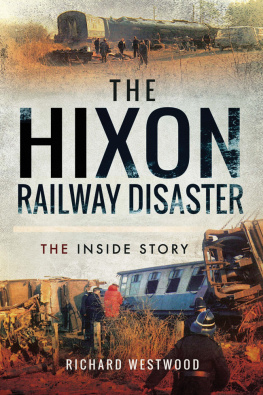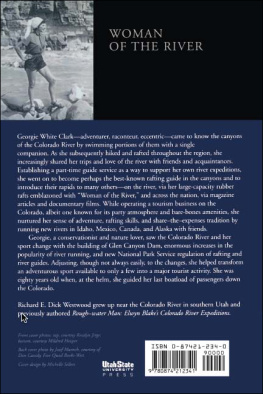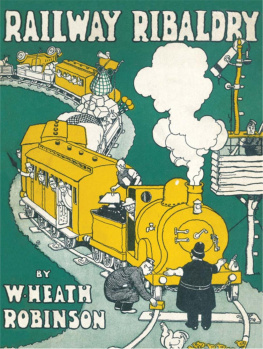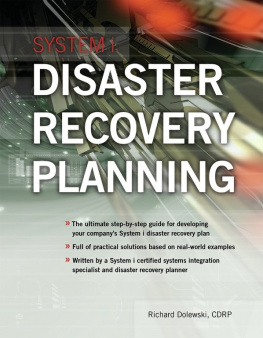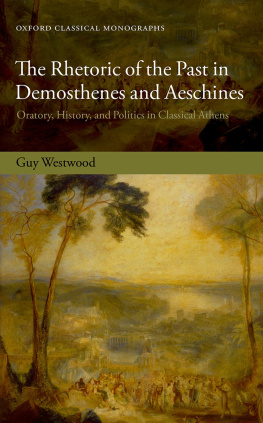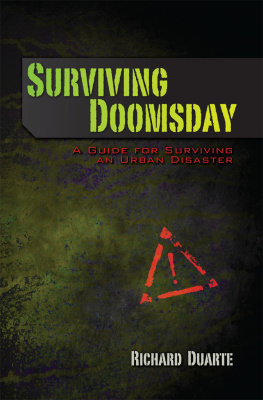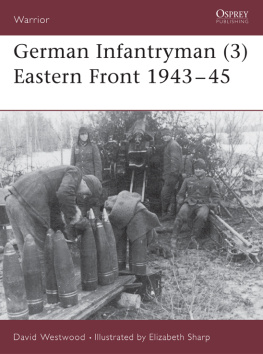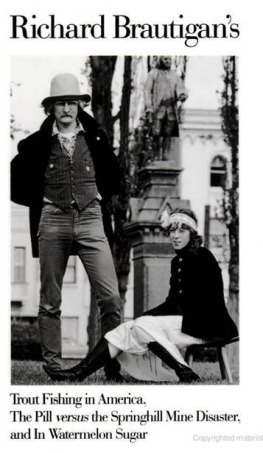Westwood Richard - The Hixon Railway Disaster
Here you can read online Westwood Richard - The Hixon Railway Disaster full text of the book (entire story) in english for free. Download pdf and epub, get meaning, cover and reviews about this ebook. year: 2017, publisher: Pen & Sword Books, genre: Detective and thriller. Description of the work, (preface) as well as reviews are available. Best literature library LitArk.com created for fans of good reading and offers a wide selection of genres:
Romance novel
Science fiction
Adventure
Detective
Science
History
Home and family
Prose
Art
Politics
Computer
Non-fiction
Religion
Business
Children
Humor
Choose a favorite category and find really read worthwhile books. Enjoy immersion in the world of imagination, feel the emotions of the characters or learn something new for yourself, make an fascinating discovery.
- Book:The Hixon Railway Disaster
- Author:
- Publisher:Pen & Sword Books
- Genre:
- Year:2017
- Rating:5 / 5
- Favourites:Add to favourites
- Your mark:
- 100
- 1
- 2
- 3
- 4
- 5
The Hixon Railway Disaster: summary, description and annotation
We offer to read an annotation, description, summary or preface (depends on what the author of the book "The Hixon Railway Disaster" wrote himself). If you haven't found the necessary information about the book — write in the comments, we will try to find it.
The Hixon Railway Disaster — read online for free the complete book (whole text) full work
Below is the text of the book, divided by pages. System saving the place of the last page read, allows you to conveniently read the book "The Hixon Railway Disaster" online for free, without having to search again every time where you left off. Put a bookmark, and you can go to the page where you finished reading at any time.
Font size:
Interval:
Bookmark:

The Hixon Railway Disaster
The Inside Story
Richard Westwood

First published in Great Britain in 2017 by
Pen & Sword Transport
An imprint of Pen & Sword Books Ltd
Pen & Sword Books Ltd
47 Church Street
Barnsley
South Yorkshire
S70 2AS
Copyright Richard Westwood, 2017
ISBN 9781473884434
eISBN 9781473884458
Mobi ISBN 9781473884441
The right of Richard Westwood to be identified as Author of this work has been asserted by him in accordance with the Copyright, Designs and Patents Act 1988.
A CIP catalogue record for this book is available from the British Library.
All rights reserved. No part of this book may be reproduced or transmitted in any form or by any means, electronic or mechanical including photocopying, recording or by any information storage and retrieval system, without permission from the Publisher in writing.
Pen & Sword Books Ltd incorporates the Imprints of Pen & Sword
Archaeology, Atlas, Aviation, Battleground, Discovery, Family History,
History, Maritime, Military, Naval, Politics, Railways, Select, Transport,
True Crime, Fiction, Frontline Books, Leo Cooper, Praetorian Press,
Seaforth Publishing, Wharncliffe and White Owl.
For a complete list of Pen & Sword titles please contact
PEN & SWORD BOOKS LIMITED
47 Church Street, Barnsley, South Yorkshire, S70 2AS, England
E-mail:
Website: www.pen-and-sword.co.uk
To the memory of John Hilton
killed, together with four members of his family
16 April 1968
R. I. P.
What happened at Leominster, Kington junction level-crossing, on 8 November 1966, and how and why an inconvenient truth was covered up
T his book came to be written largely because having taken early retirement from my job as a teacher, due to ill health, and finding myself with time on my hands, I decided to investigate an alarming incident that took place at a railway level-crossing at Leominster in Herefordshire in 1966, which I knew my father had been involved with. Initially I thought it would probably provide enough material for an article for one of the many railway heritage magazines. However, it soon became clear that the more I looked, the more I found and in order to do both my father and the story justice, a short book was required; mainly because what happened at Leominster merely pointed the way to a startling re-assessment of both the dreadful accident that occurred at Hixon level-crossing in Staffordshire early in 1968, and more particularly the subsequent Public Court of Inquiry and its findings.
I am of the first generation from both sides of my family, for approximately 150 years, not to have worked on the railways. Indeed, one of my early memories is of using a little contraption to roll my grandfather some cigarettes to take on shift with him; he was a foreman shunter at what, prior to 1964, was the station, goods yards and junction at Leominster. The junction, Kington junction, as it was known, was just under half a mile to the north of the station, with a single-line branch heading off to the west, towards Kington and Presteigne. When the final train ran over the branch on 24 September 1964, it was my grandfather, Bert Pemberton, as the longest serving railwayman working on the branch who was given the honour of being the guard on it. Within six months he had retired, the goods yards were moth-balled prior to closure, and the branch-line track had been taken up and its points removed. By May 1965, Kington junction, which had existed for well over a century, was no more. What was left behind was a level-crossing and a redundant signal-box, although the signalman, whilst having no signal levers to pull, still had the important task of opening and closing the crossing gates.
But not for very much longer, because following Dr Richard Beechings reforms, in common with quite a few other level-crossings across the country, Leominsters was now seen as being ideal for conversion to fully automatic working. On the face of things the new situation was compelling, in particular there were the excellent views of the crossing at Leominster for approaching train drivers, for many hundreds of yards in both directions along the Up and the Down railway lines and in particular on the (unusually) southbound Down line, where in daylight the crossing was visible from nearly a mile away.
Some of the express passenger trains on the Welsh Marches line, those on the Cardiff to Holyhead service, were not scheduled to stop at Leominster station, and whereas previously the existence of the branch-line junction, goods yards and their associated workings, might have inhibited a good proportion of these trains from operating at maximum speed over the level-crossing and through the station, now there were no such inhibitions. In fact, once the crossing had been converted to automatic working, train drivers were instructed to travel at 90 miles per hour in order to better facilitate the timely operation of the newly installed half-barrier crossing. As well as, of course, helping to reduce the average journey time.
George Orwell, who is not a bad role model for any author, gave as one of his primary reasons for writing that there is some lie I want to expose, some fact to which I want to draw attention, and my initial concern is to get a hearing. This quotation sums up, rather well, what lies behind my five-year-long, self-imposed task of getting to the bottom of what went on, and what went wrong, with the inquiry into an infamous railway accident that took place almost half a century ago. In point of fact, two accidents, and two inquiries, because as well as the collision at Hixon level-crossing, in Staffordshire, in January 1968, there was also the ghastly tragedy at Trent Road level-crossing, at Beckingham in Lincolnshire, in April 1968.
It has become increasingly clear to me that on the balance of probabilities, both of these accidents would not have occurred if one man, Colonel W. P. Reed, of the Railway Inspectorate, had taken the appropriate and necessary action, upon having received in good time, a report of what had happened at Leominster level-crossing, on 8 November 1966, nearly fourteen months prior to the Hixon collision. I will leave it to the reader to decide what lies, if any, have been exposed, although the facts, as I have disinterred them and laid them out, should certainly speak for themselves. As to who will get a hearing, it is my sincere hope that two groups whose voices went largely unheeded and whose views were often disregarded during the Hixon Inquiry, will get some small recognition at last for coping so well, with the novel and potentially lethal devices that had been put amongst them in such a cavalier and inept manner: first, the ordinary vehicle-driving public of this country (including policemen and heavy haulage drivers) and finally, the poor bloody railwaymen.
Orwell also makes a good point about his being primarily motivated to write in order to put the record straight, to find out true facts and store them up for the use of posterity. I would certainly share this basic motivation in relation to the subject matter of this book; in particular because I believe I have demonstrated that senior members of the Railway Inspectorate together with senior officials of the Ministry of Transport knowingly and deliberately concealed true facts from the Hixon Inquiry, and by so doing escaped receiving their just deserts: the full culpability for constructing the circumstances of the Hixon collision and that culpabilitys consequent likely repercussions, which again, on the balance of probabilities, would have included at least one Manslaughter indictment on the grounds of gross negligence.
Next pageFont size:
Interval:
Bookmark:
Similar books «The Hixon Railway Disaster»
Look at similar books to The Hixon Railway Disaster. We have selected literature similar in name and meaning in the hope of providing readers with more options to find new, interesting, not yet read works.
Discussion, reviews of the book The Hixon Railway Disaster and just readers' own opinions. Leave your comments, write what you think about the work, its meaning or the main characters. Specify what exactly you liked and what you didn't like, and why you think so.

